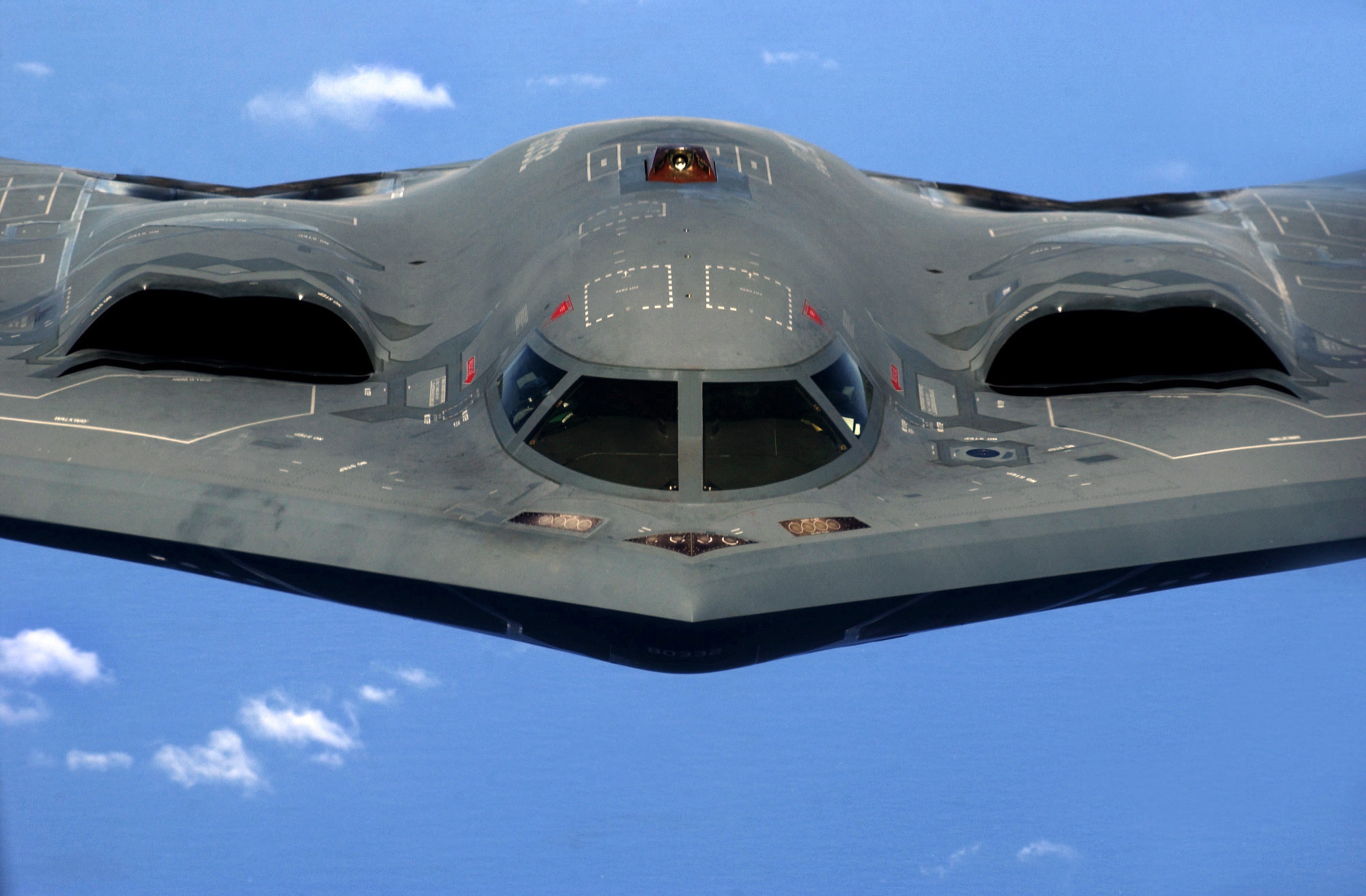Aerospace Precision Machining
Aerospace precision machining is a specialized field within manufacturing. It involves the fabrication of parts for aircraft, spacecraft, and missiles. Precision is critical due to the demanding requirements of aerospace applications.

Materials Used in Aerospace Machining
The materials used in aerospace machining must endure extreme conditions. They include high temperatures, heavy loads, and corrosion. Common materials are:
- Titanium: Known for its strength-to-weight ratio, corrosion resistance, and ability to withstand high temperatures.
- Aluminum: Lightweight and fairly strong, making it ideal for non-critical structural components.
- Nickel Alloys: Excellent for high-temperature applications.
- Stainless Steel: Used for its strength and resistance to corrosion.
- Composites: Increasingly used for their lightweight yet durable characteristics.
Techniques in Aerospace Machining
Techniques employed in aerospace machining are diverse. Some of the most common include:
- CNC Machining: Computer Numerical Control (CNC) machines can achieve high precision and repeatability.
- 5-Axis Machining: Allows for complex geometries by moving the part along five different axes simultaneously.
- Electrical Discharge Machining (EDM): Useful for hard materials and intricate shapes.
- Laser Cutting: Provides accuracy and can cut hard or brittle materials without causing damage.
- Water Jet Cutting: Uses high-pressure water to cut materials, reducing heat-affected zones.
Quality Control and Standards
Quality control in aerospace machining is stringent. Standards ensure the safety and reliability of machined components. Some key standards include:
- AS9100: A quality management system standard for the aerospace industry.
- ISO 9001: Ensures consistency in product quality and processes.
- First Article Inspection (FAI): Verifies that a new or modified part meets specifications before mass production.
Applications of Aerospace Machining
Precision machined components are essential in various aerospace segments:
- Engines: Components like turbine blades and combustion chambers require tight tolerances.
- Structural Parts: Fuselage, wings, and landing gear components.
- Avionics: Housings and mounts for instruments and electronics.
- Spacecraft: Components must withstand the harsh environment of space.
Challenges and Solutions in Aerospace Machining
Machining for the aerospace sector is challenging. Issues include:
- Tool Wear: Aerospace materials can be tough on cutting tools.
- Heat Generation: High temperatures during machining can affect material properties.
- Precision Requirements: Components often require tolerances within microns.
Solutions involve advanced tooling materials, optimized cooling systems, and precision measurement instruments. Continuous innovation and improvement are critical to meet the evolving demands of the aerospace industry.




Subscribe for Updates
Get the latest articles delivered to your inbox.
We respect your privacy. Unsubscribe anytime.